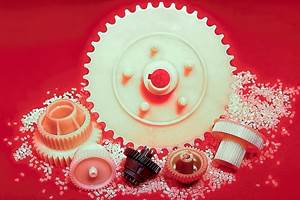Winners of 2017 SPE Automotive Awards Wow with Many ‘Firsts’
Innovative, transferable, and intelligent use of thermoplastics capture eight of nine categories.
Spanning nine categories, the winners of the Society of Plastics Engineers Automotive Division’s 2018 Blue Ribbon Automotive Innovative Awards (which this editor helped judge) represent a number of “firsts” in metal replacement and in replacing earlier plastics solutions with better options. In this 47th annual competition—the oldest and largest such event in the automotive and plastics industries, all but one category entailed the use of thermoplastics.
BODY EXTERIOR: PP-LFT STRUCTURAL GRILLE
This PP long-fiber-thermoplastic (LFT) structural active grille shutter (AGS) with integrated loose-layer construction, was also the Grand Award Winner. It appears on the 2018 Ford Expedition luxury SUV and is said to be the largest two-shot AGS in production today. It was designed with an integrated locating and attaching system for consistent fit between the grille and headlamps, which eliminates the need for FEM (finite-element method) assembly, dunnage, and shipping. The material used by injection molder Magna Plastcoat is Celstran 40% long-glass PP from Celanese Engineered Materials, Irving, Texas.
The use of LFRT (long-fiber-reinforced thermoplastic) to develop a structure with PP offset an estimated 3 lb of weight over alternative nylon-overmolded metal hybrid designs. An equivalent all-steel structure would weigh 18 lb more than the LFRT design, which delivers the required durability. In addition to reducing variable and piece costs by an estimated $5 with an all-thermoplastic solution, the enhanced design saved $16 in assembly cost per vehicle and eliminated around $45 auxiliary costs. Improved parts consolidation also eliminated four separate fasteners and associated labor. Ford will be using similar parts on all of its trucks.
BODY INTERIOR: LGF-PP IP CARRIER
The instrument-panel (IP) carrier in the 2017 BMW Mini Countryman utilizes Stamax 60YK270E high-flow, long-glass-fiber (LGF) PP copolymer from SABIC, Houston. International Automotive Components (IAC) injection molded the part via chemical foaming with a core-back process. Use of 60% long glass achieved a 1.9-mm wall thickness, increasing stiffness at lower weight. Use of foaming resulted in a 15% weight saving vs. a comparable solid part. Extensive CAE work predicting warpage of the foamed part provided valuable insights, allowing for modification of tooling in advance. Going forward, BMW and partners see this as an industry benchmark for IP carriers.
CHASSIS/HARDWARE: POWERTRAIN BRACKET
Appearing on the 2017 GM Cadillac XT5 crossover SUV, this engine clevis mounting bracket is reportedly the first composite mount designed for a six-cylinder engine. Injection molded by Hutchinson, the part is made from Ultramid A3WG10 CR BK00564, a 50% glass-reinforced nylon 66 from BASF Engineering Plastics, Budd Lake, N.J. It replaces the tamped, welded, and die-cast metals used previously, resulting in a 45% weight reduction, as well as improved NVH (noise, vibration and harshness) due to the damping characteristics of the nylon. Corrosion resistance is also improved, and the part can be recycled at end of life. Seven clevis brackets were developed for different powertrain combinations and have experienced no warranty claims after 1.5 years of production.
MATERIALS: LOW-FRICTION NYLON FOR CHAIN TENSIONER
Stanyl HGR2, a nylon 46 modified with PTFE from DSM Engineered Plastics, Troy, Mich. (dsm.com), is used for chain tensioner arms on the 2017 Ford F-150 pickup and Ford Mustang sports car. The material was a drop-in replacement for nylon 66 to provide enhanced wear and friction performance. The resultant fuel-economy savings (0.4%) from rotational torque reduction in the cam shaft was equivalent to a 40-lb weight reduction, at 10% of the cost. This innovation is highly transferable to provide affordable fuel-economy improvement, and will be utilized on more Ford vehicles beginning in 2018.
POWERTRAIN: TURBOCHARGER OUTLET T-JOINT
Featured on the 2018 Hyundai Genesis G80 and Kia Stinger sedans, this turbocharger outlet T-joint is injection molded from Zytel XT, a new 35%-glass, heat-stabilized nylon 66 which was developed for long-term retention of properties at up to 220 C/428 F by DuPont (now, DowDupont).
Molded by Hwaseung R&A Ltd., this part achieves a 42% weight savings and a 35% cost reduction, along with improved airflow, reducing the pressure drop to increase fuel economy and improve NVH performance compared with the previous die-cast aluminum part.
Thermoplastics gain serious ground in new automotive applications.
Airflow noise is also reduced and long-term durability increased via the rib pattern design. Special three-gate tooling was designed to minimize stress in the weld-line area for strength and durability and for processing optimization.
PROCESS/ASSEMBLY/ENABLING TECHNOLOGIES: TWO-SHOT INTERIOR BEZEL
The unique 3D decorative effect on this interior bezel, which appears in the 2018 Ford Fiesta subcompact, is achieved with rotary two-shot “reverse” injection molding. The first shot is Infinol LT1220 tinted PC, overmolded with a textured/grained surface in a second shot of a effect-pigmented ABS, both from South Korea’s Lotte Advanced Materials (U.S. office in La Palma, Calif.). The grain is lasered into the mold. Tier 1 supplier Faurecia Interior Systems molded the part, which represents the first time this process was used to achieve the 3D visual effect (color and texture) for a part of this size and geometry.
A 30% cost savings was achieved versus in-mold decorating and high-gloss painting, and there was a 20% scrap reduction versus conventional two-layer, high-gloss, piano-black appearance.
SAFETY: 4-WAY HEAD RESTRAINT
The low-cost, low-mass head restraint on the 2018 Ford F-150 pickup is made from Hylon N1000STHL nylon 66 from Belgium’s Ravago Manufacturing (U.S. office in Manchester, Tenn.) and injection molded by Windsor Machine and Stamping. It provides exceptional rigidity for whiplash protection.
Its flexible design allows the front surface of the head restraint to be moved closer to or farther from the occupant by 60 mm, allowing for the precise balancing of comfort and safety. Replacing steel with plastic as the primary load-bearing component is new to front-row head restraints. The part design eliminates manufacturing complexity. A $10.73 million savings ($2.80/vehicle) is projected by the end of 2020 as this technology is extended to new vehicle programs.
AFTERMARKET: BEDLINER DIVIDER
Designed for GM’s 2017 Chevrolet Silverado pickup, this “first-time” twin-sheet thermoformed bedliner divider is integrated into the bedliner as one piece. By not having to manufacture a separate floor divider part, there was a cost savings of $275. Manufactured by Penda Durakon, the divider is made of TPP 1026EU TPO from A.Schulman Inc., Fairlawn, Ohio. It incorporates a molded-in locking feature to secure the divider to the truck wall when it is raised.
BIO PUR FOAM FOR IPS
Featured in the 2018 Ford Fusion sedan, this IP application provides a sustainable alternative to conventional petroleum-based foams—at lower weight and cost, and greater design flexibility. This next-generation castor-oil-based polyurethane (PUR) foam (Elastoflex 3496/102 PUR from BASF Polyurethanes & Plastics, Wyandotte, Mich., provides for lower molded density, foam cross sections as thin as 4 mm, and superior bond strength to mating materials.
Foam-in-place tooling—where a cast PVC, TPE, or TPU skin is placed in the mold with a hard plastic retainer and the foam is injected between these two components—is used for processing by International Automotive Components (IAC). Weight savings of 20-40% (depending on foam thickness) and cost savings of $2 per average IP are achieved.
Related Content
Scaling Up Sustainable Solutions for Fiber Reinforced Composite Materials
Oak Ridge National Laboratory's Sustainable Manufacturing Technologies Group helps industrial partners tackle the sustainability challenges presented by fiber-reinforced composite materials.
Read MorePrices for All Volume Resins Head Down at End of 2023
Flat-to-downward trajectory for at least this month.
Read MoreHow Do You Like Your Acetal: Homopolymer or Copolymer?
Acetal materials have been a commercial option for more than 50 years.
Read MoreTracing the History of Polymeric Materials: Aliphatic Polyketone
Aliphatic polyketone is a material that gets little attention but is similar in chemistry to nylons, polyesters and acetals.
Read MoreRead Next
For PLASTICS' CEO Seaholm, NPE to Shine Light on Sustainability Successes
With advocacy, communication and sustainability as three main pillars, Seaholm leads a trade association to NPE that ‘is more active today than we have ever been.’
Read MoreLead the Conversation, Change the Conversation
Coverage of single-use plastics can be both misleading and demoralizing. Here are 10 tips for changing the perception of the plastics industry at your company and in your community.
Read More (2).jpg;maxWidth=970;quality=90)

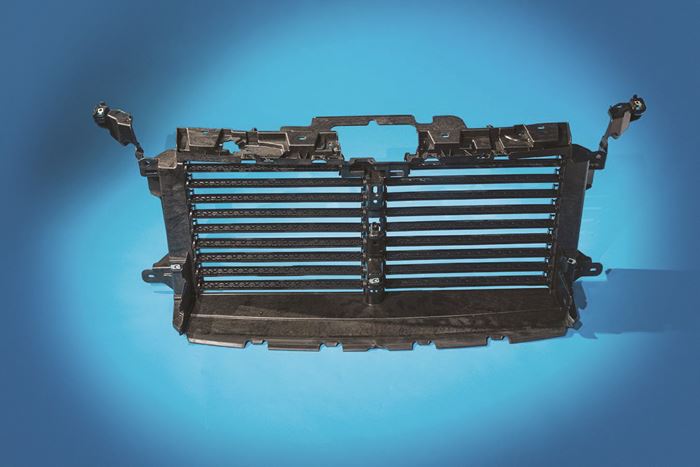
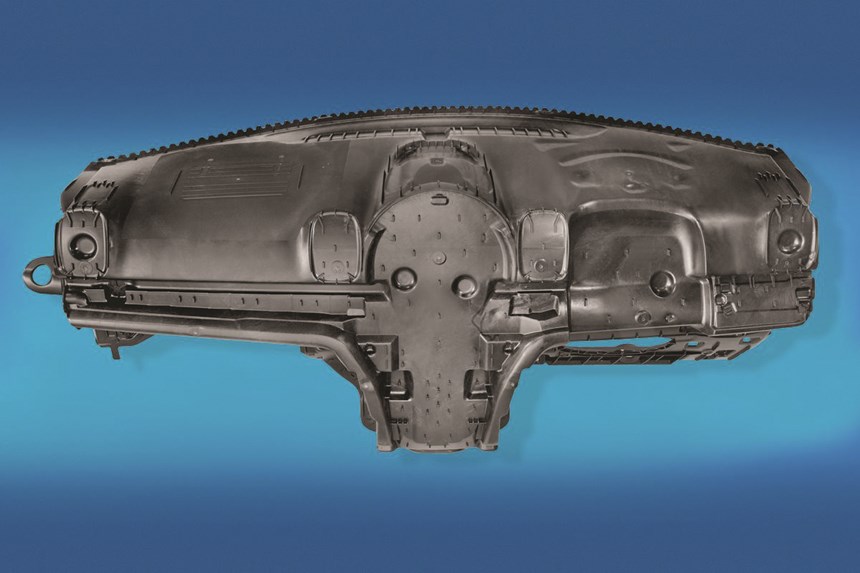
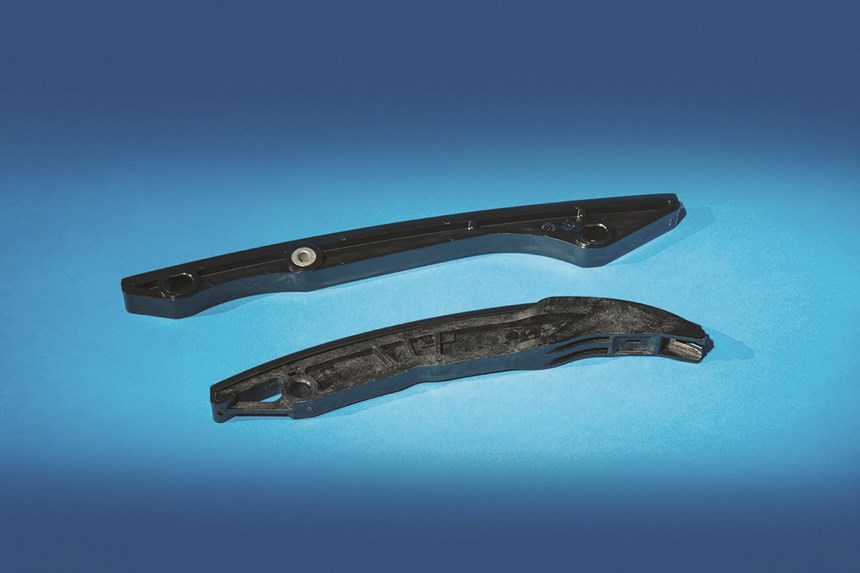
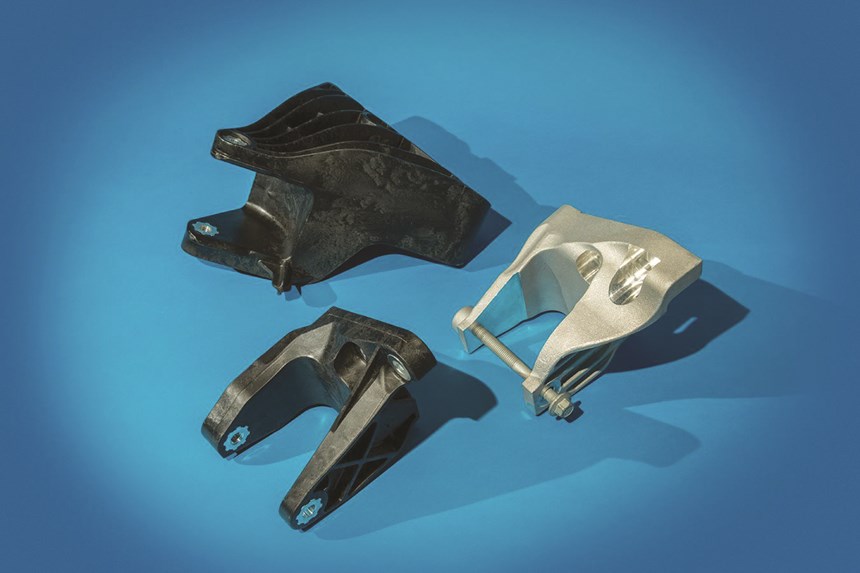

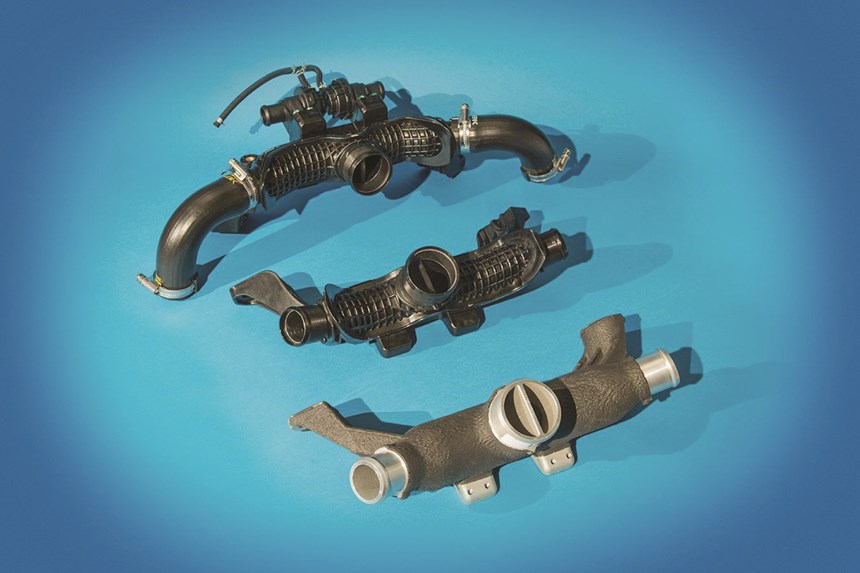
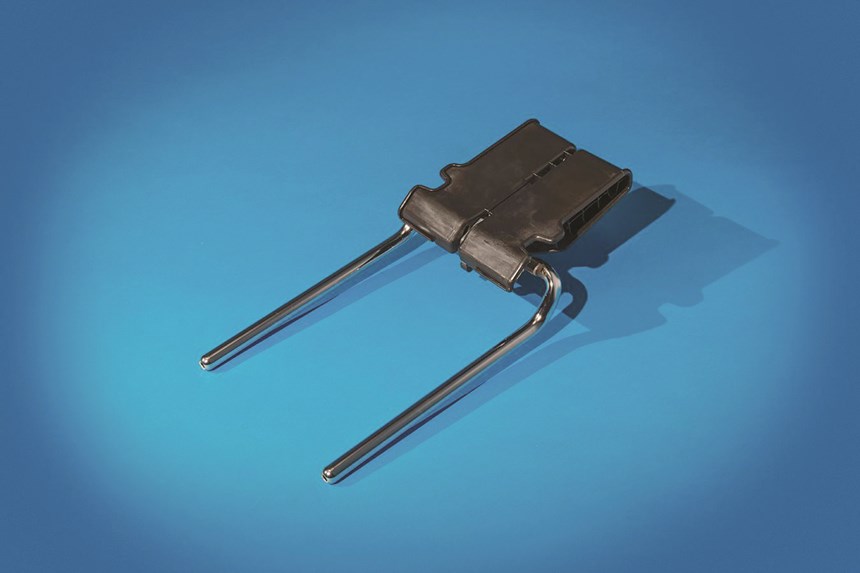
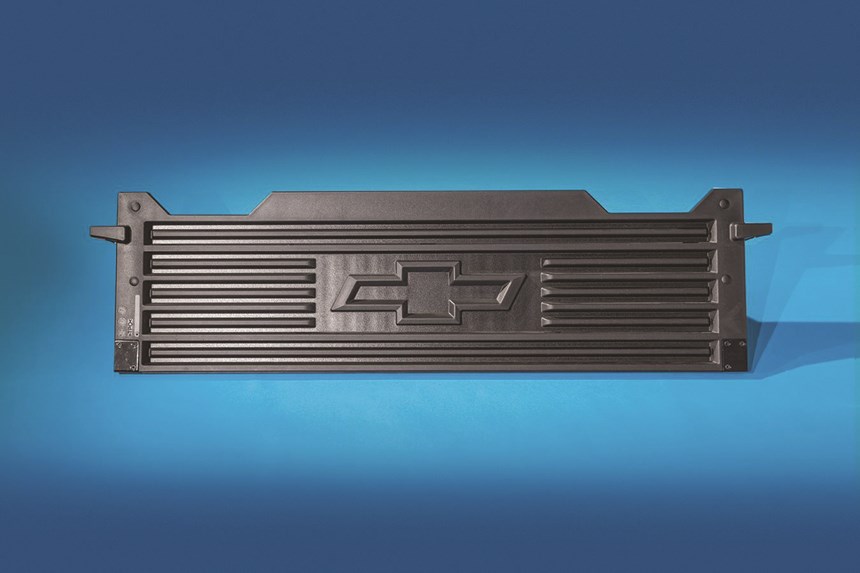









 (2).jpg;maxWidth=300;quality=90)














